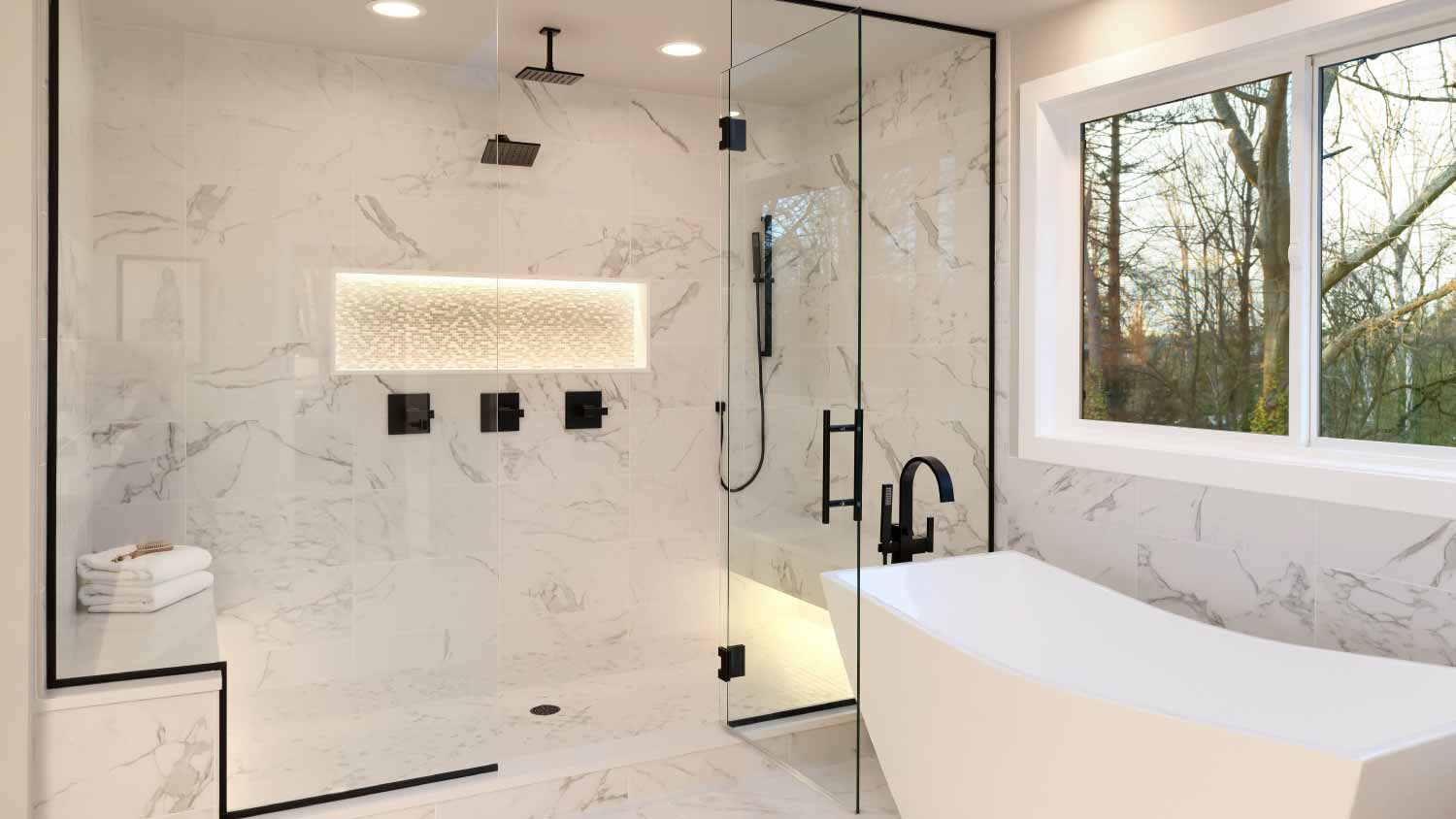3 Reasons Your Shower Won’t Stop Running and What To Do
If your shower is running, you better go catch it


A shower that won’t stop running is usually due to a faulty shower valve, which you can replace yourself.
If mineral build-up from hard water is your issue, consider installing a water softener to help fixtures last longer.
Household leaks can waste gallons of water per day and contribute to higher water bills.
Hiring a pro to fix the problem can cost as little as $150.
Taking a shower should be an enjoyable experience, but if your shower won’t stop running, you may get more frustration than relaxation. Even minor shower leaks can waste gallons of water every day and leave you with unnecessarily high water bills. Fortunately, finding the underlying problem and implementing a solution is simple enough if you know where to look.
1. Damaged Shower Cartridge
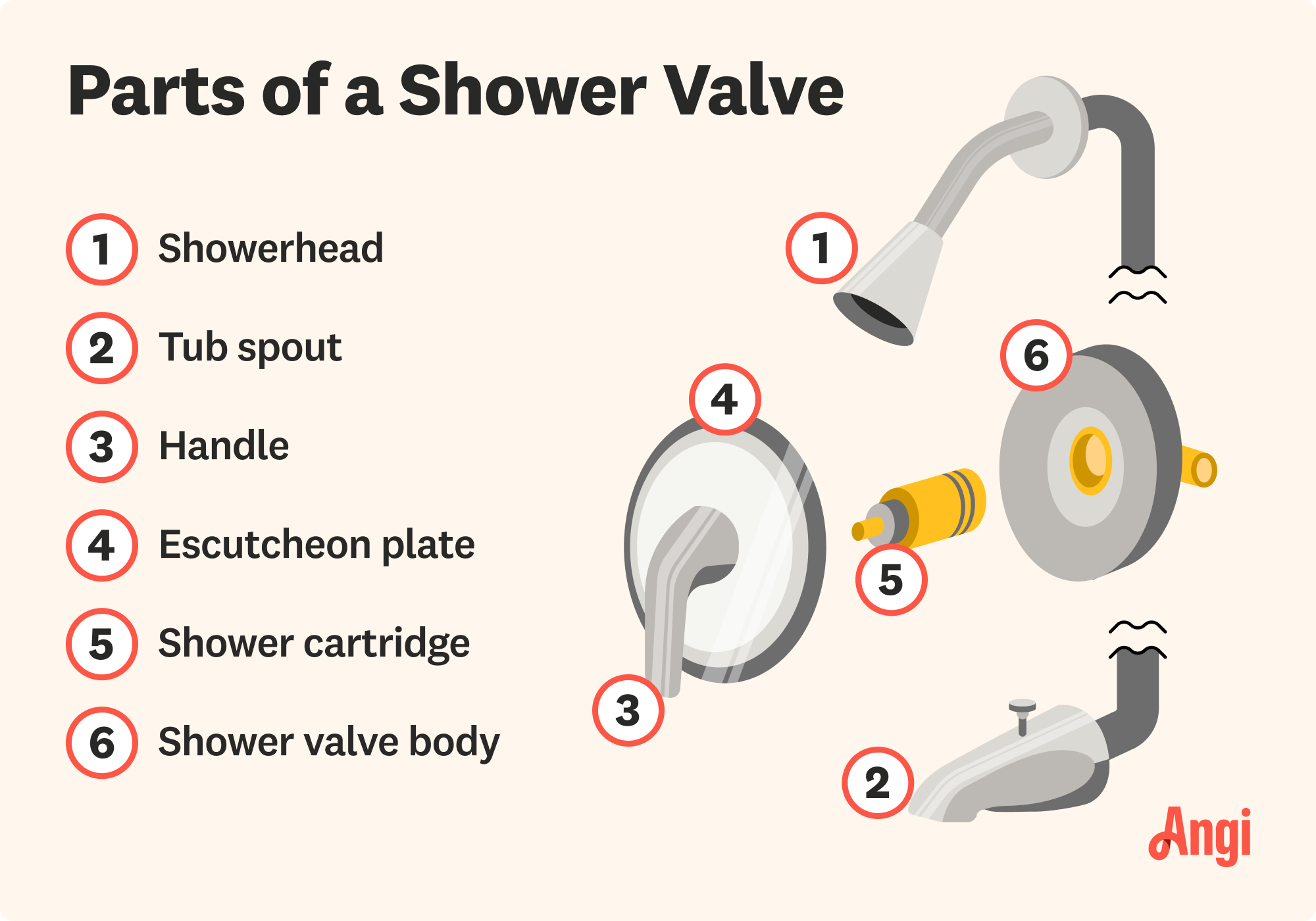
A damaged shower cartridge is the most likely cause of a shower that won’t stop running. The shower cartridge, located behind the handle used to turn the water on and off, can leak or fail. If your tub faucet or shower head drips even when the water is off, the shower cartridge is likely to blame.
How to Fix It
It’s possible to replace the shower cartridge yourself. Shut the water off at your main and open the valve to let it drain. Then, unscrew the shower assembly, remove the clip that holds the cartridge in place, and pull out the cartridge using a pair of pliers or vice grips. Install a new one. In some cases, the rubber O-rings may simply be worn out, in which case, you can replace them for a more affordable fix. You can also call a plumber to get the job done.
2. Mineral Build-up
Mineral build-up from hard water deposits can create gaps around those O-rings in your shower valve, leading to a shower that won’t stop running. If you notice white deposits on the rings when removing the shower cartridge for replacement—or if you know you have hard water and haven’t replaced the valve in 15 to 20 years—mineral buildup could be the issue.
How to Fix It
Shut off the water at the main and remove the shower cartridge. Be careful not to damage any of the components, and take note of how the cartridge is assembled in the valve. Soak the shower cartridge in a mixture of water and white vinegar in a 2:1 ratio for an hour to break up the deposits. Reinstall the cartridge and test for shower leaks.
3. Faulty Diverter
A faulty diverter can also be the culprit. The diverter is the small plug you pull up or push in to switch the flow of water from your tub spout to your shower head. If shutting the water off stops the flow of water completely, but water drips from your shower head while you’re filling your tub or drips from the tub faucet when you’re showering, the diverter valve is almost certainly to blame.
How to Fix It
The easiest solution is to replace the tub faucet if your diverter is located on the faucet itself. If it’s a standalone diverter, you’ll need to replace the diverter valve instead. Both are DIYable if you have some plumbing knowledge, but don’t hesitate to call a pro for help, as the replacement is quick and relatively affordable.
When to Call a Pro
Regardless of the underlying cause of your perpetually running shower, you can DIY the fix if you’re comfortable. You can replace your shower cartridge yourself for as little as $20 in replacement parts, and a new tub spout with a diverter will cost you about the same for a basic fixture.
With that being said, you should always call a local plumber if you feel uncomfortable working with plumbing or don’t have experience. Additionally, if you shut off your water main and find that water is still dripping from your shower head or tub faucet, call a pro ASAP, as you have a more serious problem with your main shut-off.
How to Prevent Problems
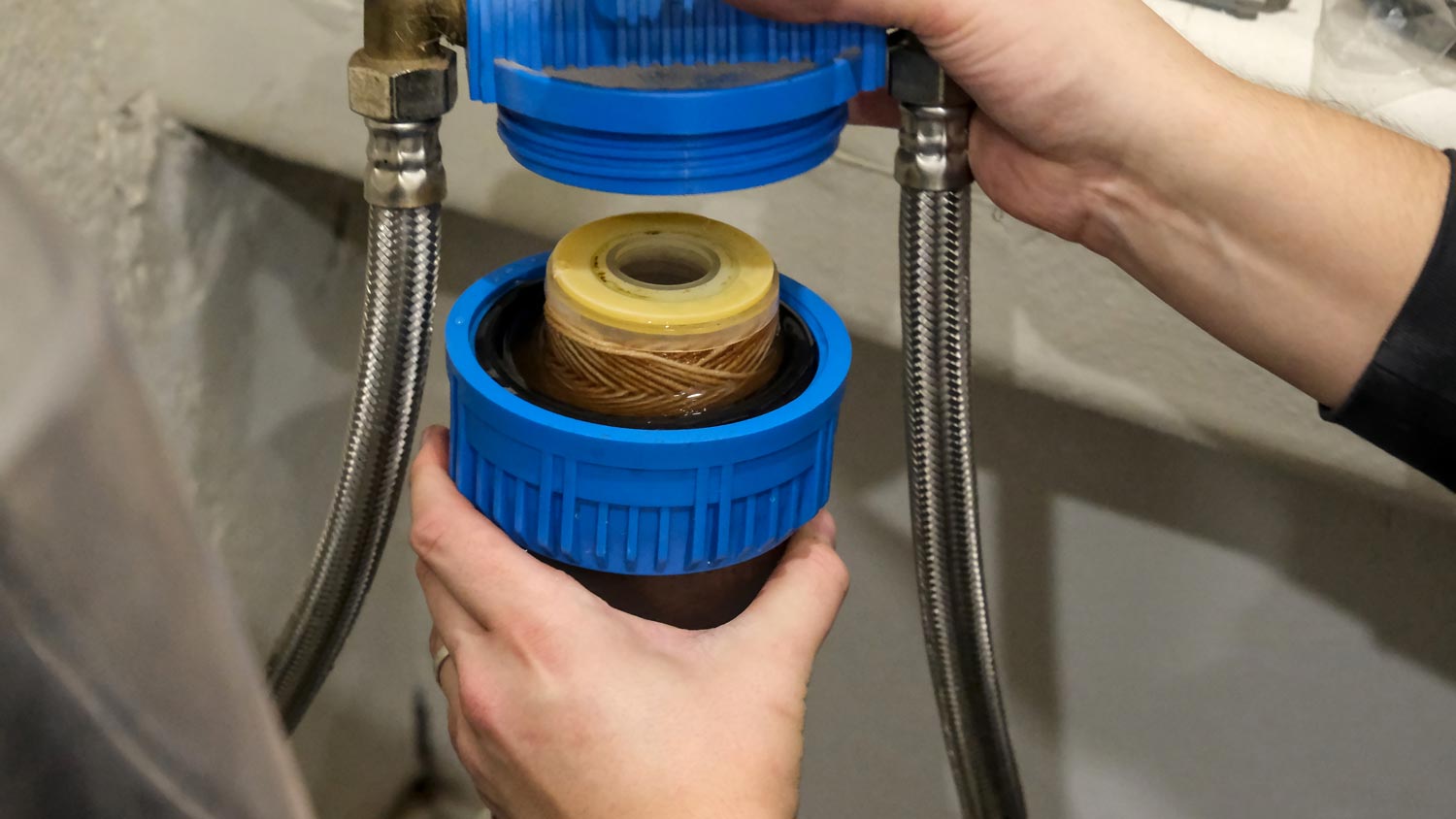
A shower that won’t stop running is usually a minor issue, but there are a few things you can do to prevent the problem and the resulting increase in water bills.
Be proactive about faucet replacement: It’s easy to wait until there’s an issue to replace the components in your shower, but setting reminders to be proactive can avoid leaks and plumbing emergencies. Aim to replace your shower cartridge—or at least the O-rings inside—every 5 to 10 years and your tub diverter every 10 to 15 years.
Install a water softener: Installing a water softener can help prevent leaking showers if the underlying problem is mineral build-up from hard water. Installing a water softener costs $1,500, on average, but it can extend the life of all your plumbing fixtures and even some appliances.
Schedule annual plumbing inspections: Annual plumbing inspections are a good way to stay ahead of shower leaks. A certified plumber can also catch clogs, leaks, and other common plumbing problems before they become severe.
A shower handle that turns all the way around usually means that the set screw holding the handle on has loosened. Find the screw and tighten it with a screwdriver. If that doesn’t work, replace the shower handle, as an internal component in the old one may have broken, causing the normal valve stop to disengage.
A hard-to-turn shower handle is usually caused by corrosion or mineral buildup, which clogs the assembly and creates friction inside the valve. Remove the handle and look for signs of corrosion—rust-colored build-up—or mineral accumulation—white build-up. For corrosion, replacing the shower handle is your best bet. For mineral build-up, soak the handle in a solution of water and white vinegar (2:1) for an hour before reinstalling it.
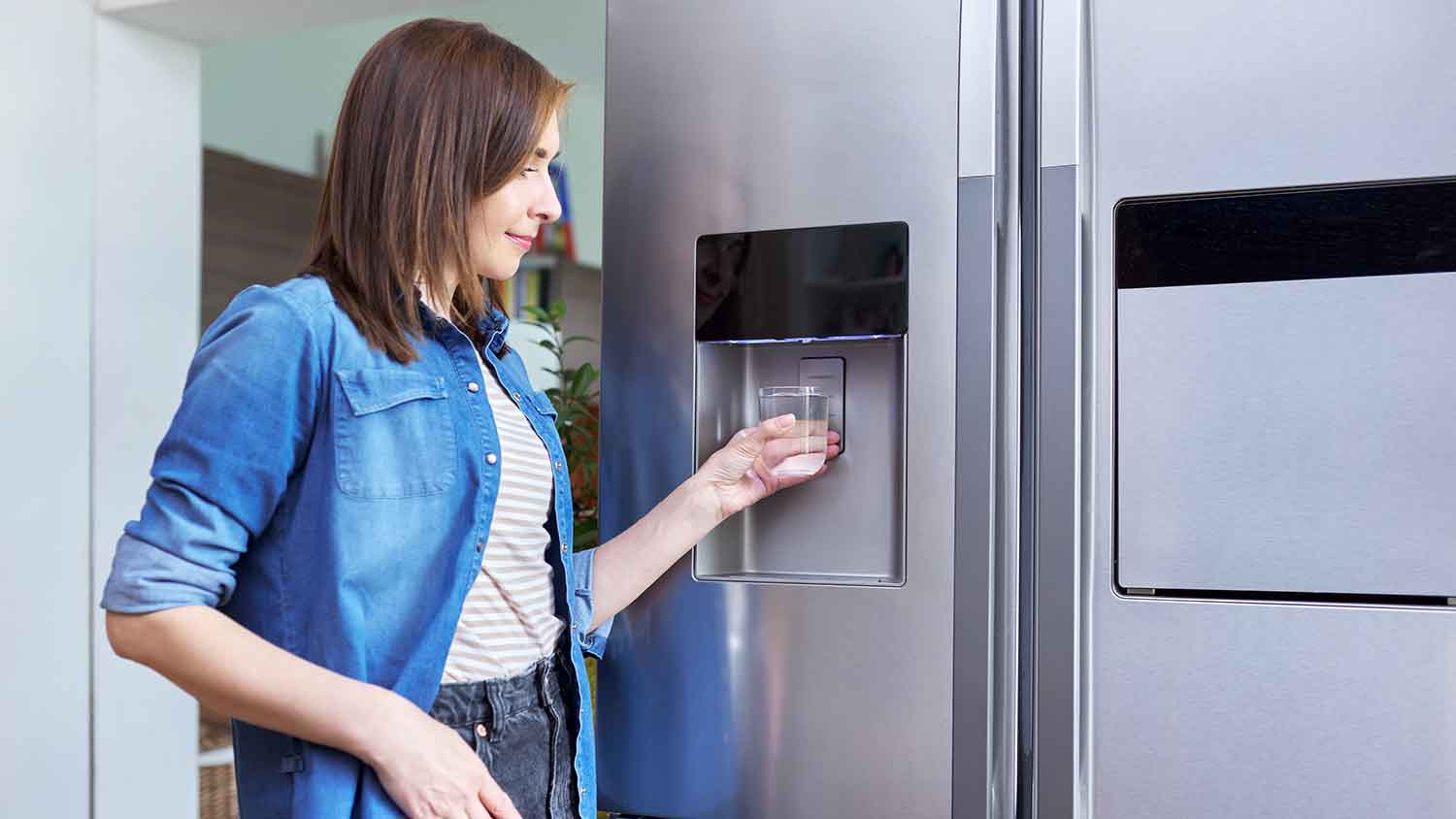



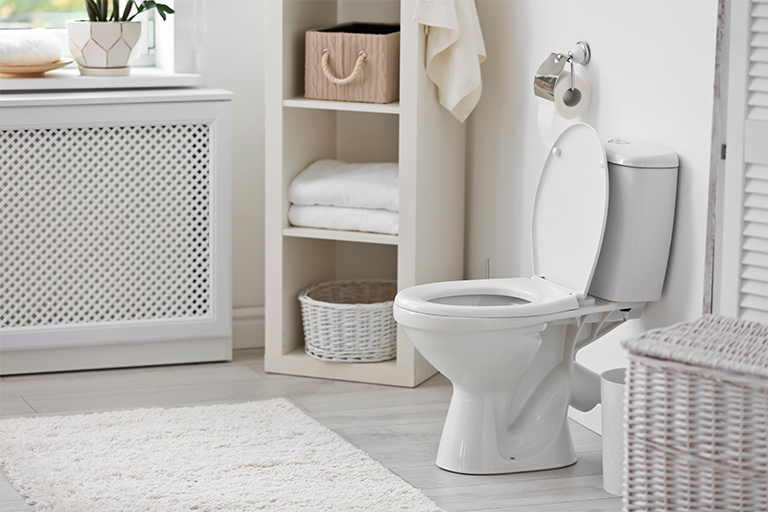
- Gas Plumbers
- Plumbing Repairs
- Sump Pump Installation
- Wood & Pellet Stove Repair
- Shower Repair
- Wood Stove Services
- Emergency Plumbers
- Fire Sprinkler Contractors
- Perc Test Companies
- Toilet Repair & Installation
- Boiler Repair
- Sewer Line Repair
- Faucet Repair
- Main Drain Camera Companies
- Foundation Drain Installation
- French Drains
- Bathtub Replacement
- Subcontractors
- Storm Drain Contractors
- Affordable Plumbing
- Plumbing & Heating Companies
- Bathroom Repair Services
- Sink Installation
- Commercial Plumber
- Barndominium Builders
- Water Line Repair
- Faucet Installation
- Water Line Installation
- Leak Detection


